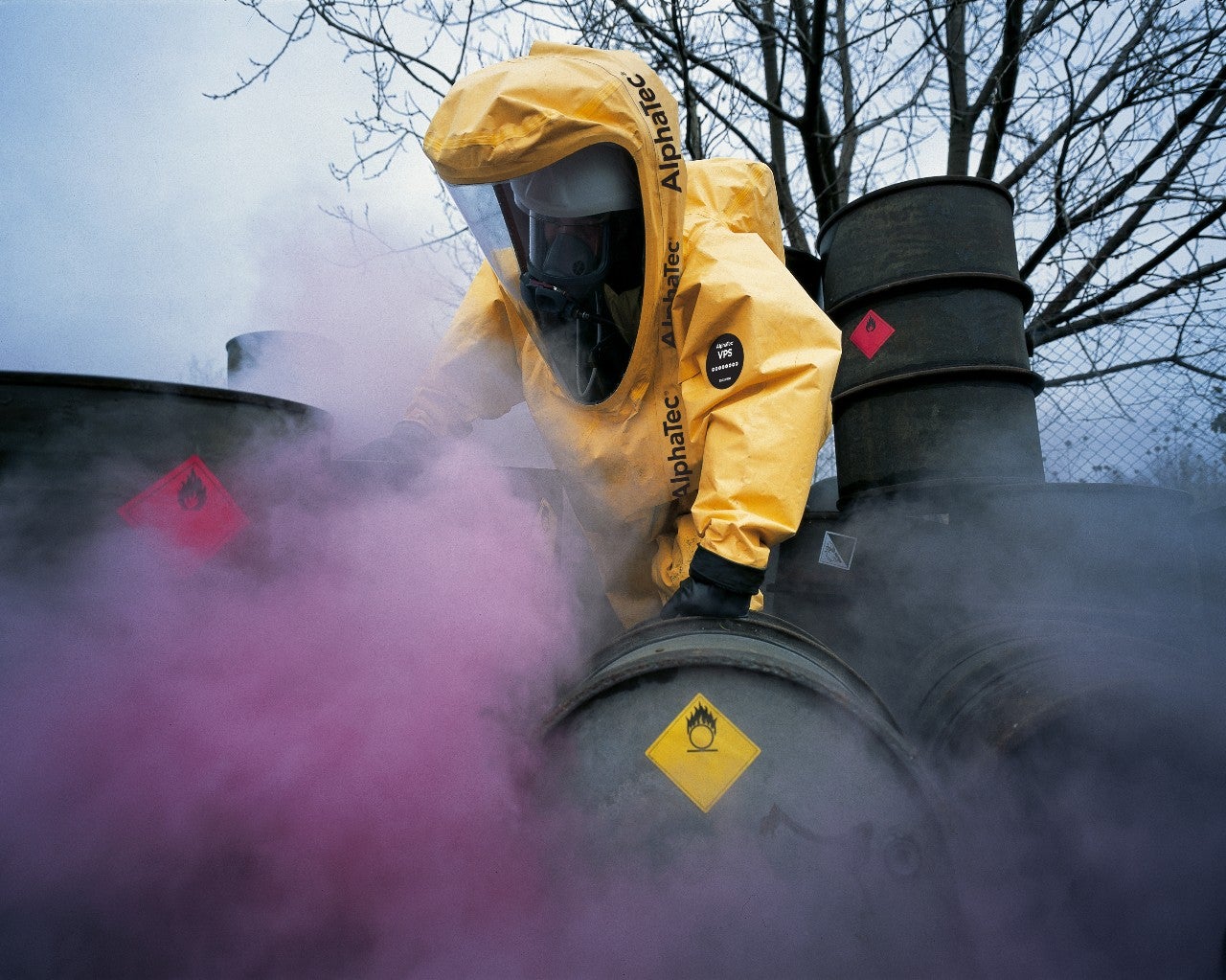
Petrochemicals are the building blocks of almost any synthetic or manufactured product – but, while ubiquitous, they are far from benign. Used in manufacturing across industries, for products from birthday cards to building materials, petrochemicals come with numerous physical, chemical, and biological health risks. With benzene being recognised as a major public health concern, it is essential for manufacturers handling petrochemicals to prioritise their workers’ safety.
The risks of petrochemicals
Hundreds of substances fall under the petrochemical umbrella. They are categorised into three main chemical groups: olefins, aromatics and synthesis gases.
They are used to manufacture a myriad of products, including fertilisers, polymers, solvents, pesticides, detergents, plastics, pharmaceuticals, cosmetics, furniture and appliances, electronic equipment, equipment textiles, packaging, clothing, paints, dyes and inks, construction materials, paper, adhesives and even some foodstuffs. Each petrochemical comes with its own set of characteristics. Many of these characteristics can represent a considerable risk to the health of workers.
Benzene, toluene, ethylbenzene and xylene are collectively referred to as BTEX compounds and are among the world’s most abundantly produced chemicals. They occur naturally in crude oil and are created and used during the processing of petroleum. BTEX compounds are recognised as carcinogens and contribute significantly to the global greenhouse effect.
Additionally, the World Health Organisation (WHO) classifies benzene as a major health concern. Workers are exposed to it through activities including “the processing of petroleum products, coking of coal, production of toluene, xylene and other aromatic compounds, and use in industrial and consumer products, as a chemical intermediate and as a component of petrol (gasoline) and heating oils”.
The acute effects of benzene exposure include narcosis (headache, dizziness, drowsiness, tremors, loss of consciousness) as well as eye and skin irritation. More concerning are the chronic effects, which include a well-established link to acute myeloid Leukaemia. The WHO says there is also limited evidence that benzene may cause acute and chronic lymphocytic Leukaemia, non-Hodgkin‘s lymphoma and multiple myeloma.
Exposure can reduce the production of both white and red blood cells, resulting in aplastic anaemia, and is believed to be associated with B-cell and T-cell proliferation reduction, compromising the immune system.
Protecting against petrochemicals
It is impossible to avoid toxic substances in the petrochemical industry, so it is essential for manufacturers to put in place policy to reduce risk.
Industry members should develop and implement a suitable strategic safety management system, including guidelines around personal protective equipment (PPE). Today, technological advancements continue to improve the materials and construction methods used in the production of PPE, enabling superior protection against petrochemical hazards. A new generation of hand protection solutions now offers a greater level of protection against a broader range of petrochemical types.
As the landscape continues to change, safety management systems should incorporate a rigorous facility for identification and selection of the most appropriate choice of equipment, rather than adopting a reorder-by-rote approach. This means safety and operations managers can keep abreast of the latest technologies and ensure they make the best protective choice every time.
To find out more about protecting your employees, download the whitepaper below.


